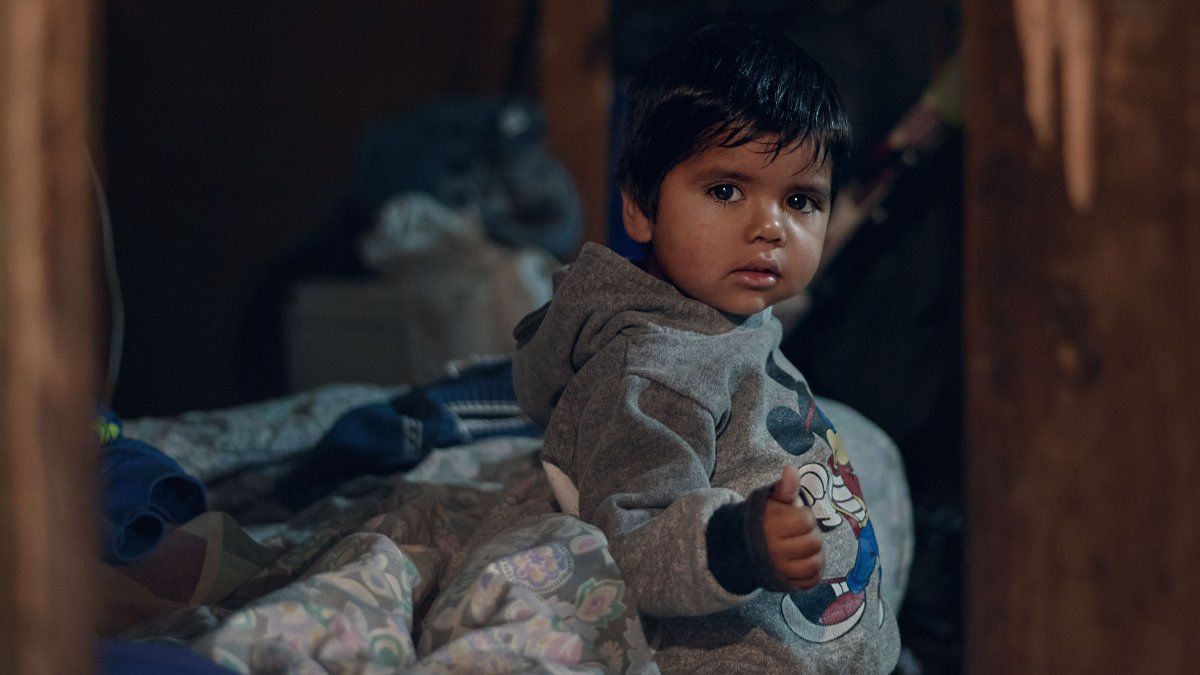The data comes from a report by the UCA’s Social Debt Barometer. Multidimensional poverty was analyzed. The figure is the highest since 2010.
A study developed by the Catholic University of Argentina revealed that 62.9% of children and adolescents live in poverty and 16.2% are destitute in our country. This is the highest figure since 2010, according to the university.
The content you want to access is exclusive for subscribers.
The data arise from the results of a study “Tracing the Path: Structural Deprivations, Advances and Challenges in the Rights of Children and Adolescents. Argentina 2010-2023” developed by the UCA Social Debt Barometer. The study analyzes multidimensional poverty, focusing on the socioeconomic context of young people under 17 years of age.


The educational entity carries out the analysis on the universe of children and adolescents based on five fundamental aspects for the development of childhood and adolescence. In short, in our country the 62.9% is affected by a situation of poverty, while the 16.2% in poverty. The published data correspond to 2023.
UCA TODAY.jpg

“The efforts of households and the coverage of public policies have played a crucial role in poverty alleviation, but structural challenges in the economy persist that require attention, and that have a strong impact on the opportunity structures of households and their members, children and adolescents,” describes the report on the situation of families and the difficulties in accessing a basic basket of goods.
Measuring multidimensional poverty
For the report, the UCA developed a multidimensional poverty index which establishes a double threshold of deprivation, one total and one severe. “For this purpose, six dimensions of rights are selected: food, sanitation, housing, health, information and stimulation/education”they explain.
It follows that 56.3% of children and adolescents were in multidimensional poverty in 2023 based on the total threshold. That is, they lack at least one deprivation of the aforementioned rights. For their part, 16.1% suffer from multidimensional poverty at severe levels.
poverty indigence (2).JPG

The official INDEC poverty data will only be released in September.
Reuters
“In this sense, we are witnessing improvements, particularly in multidimensional poverty measured according to the severe threshold. This is due to progress in habitat indicators such as overcrowding and housing quality and in terms of schooling,” the educational entity indicated.
The study reveals the following percentages based on the variables mentioned above:
- Right to food: 32.2% of children and adolescents in Argentina today suffer from food insecurity.
- Right to health: 55.8% do not have social security, mutual insurance or prepaid insurance, so they depend exclusively on the state health system to receive medical care.
- Right to housing: consisting of the three basic services such as access to running water, a sewage system and a flushing toilet, 39.5% suffered from some of these deficits.
- Right to education: 23% of children aged 3 to 5 are not in school, and 82.6% of children and adolescents aged 6 to 17 attend a state-run school.
“Where there are differences is between social strata. As the socioeconomic level decreases, the challenge of coverage by the State becomes greater.”concluded from the UCA.
Source: Ambito




